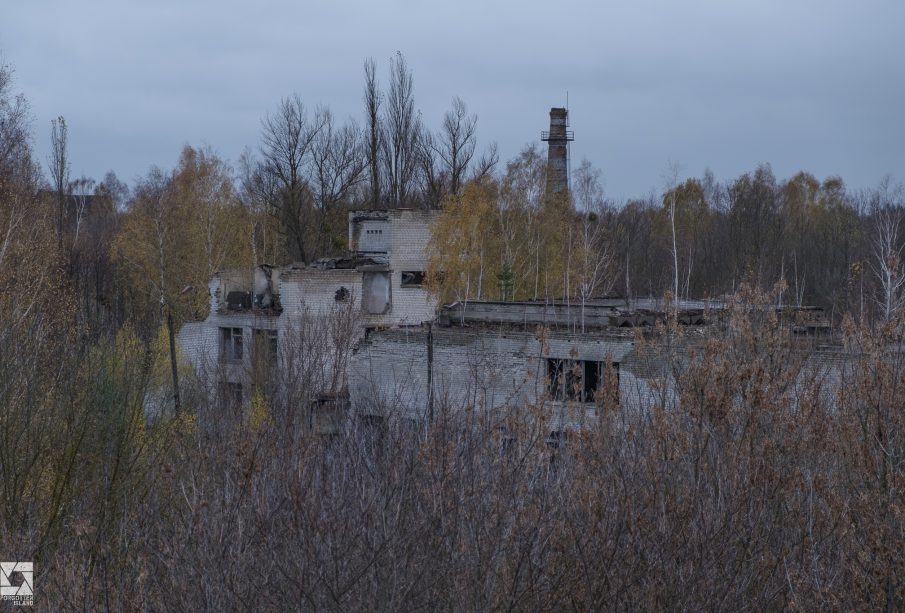The Legacy of the Chernobyl Disaster

Introduction
The Chernobyl disaster of April 26, 1986, remains one of the most significant nuclear accidents in history, profoundly impacting environmental policies and public health worldwide. The explosion at the Chernobyl Nuclear Power Plant in Ukraine released a colossal amount of radioactive material into the atmosphere, affecting millions of lives and igniting global discussions on nuclear safety and energy alternatives. Understanding its repercussions is crucial as we navigate contemporary energy issues and assess the long-term environmental consequences still visible today.
The Disaster and Its Immediate Impact
The Chernobyl disaster occurred during a late-night safety test that went awry. Despite operators violating numerous safety protocols, a sudden power surge led to a reactor explosion, releasing a substantial amount of radioactive iodine, cesium, and strontium into the environment. Promptly after the explosion, firefighting efforts were hindered by the lack of training for dealing with such a hazardous situation.
Following the accident, a massive evacuation operation commenced in the nearby town of Pripyat, where residents were told to leave within hours. Approximately 49,000 people were evacuated that night, followed by an additional 68,000 from surrounding areas within weeks. The disaster resulted in two immediate deaths and later led to numerous health issues, including thyroid cancer in many exposed individuals, highlighting the health ramifications of radiation exposure.
Long-Term Consequences
The long-term effects of the Chernobyl disaster are still widely evident. The Chernobyl Exclusion Zone, encompassing an area of roughly 1,600 square kilometers, was created to prevent public access due to high radiation levels. This region has since been monitored for radioactivity, and the ecological impact is being studied as flora and fauna have reclaimed much of the land, fascinating scientists and nature enthusiasts alike. Nonetheless, the human and environmental toll remains, with thousands of people still displaced and those living in the affected areas facing ongoing health issues.
Contemporary Relevance
As energy producers and consumers reevaluate nuclear power, the Chernobyl disaster serves as a critical case study in nuclear safety. Following the incident, numerous international safety protocols have been established, including the Convention on Nuclear Safety, mandating stricter regulations for nuclear plants. The legacy of Chernobyl also ushers in discussions about the need for alternative energy sources and the prevention of future accidents, particularly amidst the global shift towards greener energies.
Conclusion
The Chernobyl disaster remains an essential teaching point for energy policy, safety precautions, and public health management. It serves as a stark reminder of the potential catastrophes associated with nuclear energy and the broader implications for communities, ecosystems, and future policies. Ensuring safety in energy production is indispensable, not only for current stakeholders but also for preserving the health of future generations.








